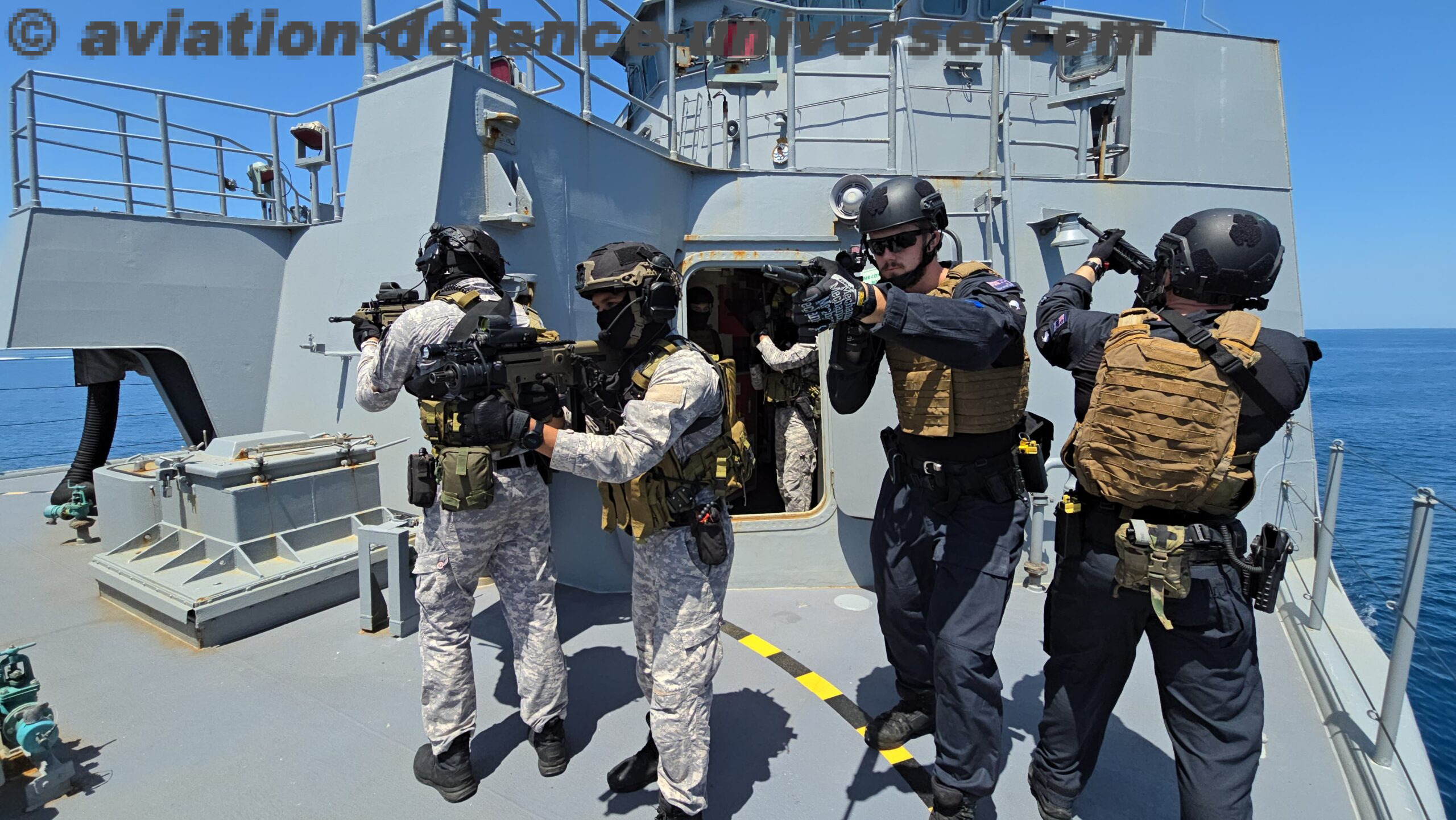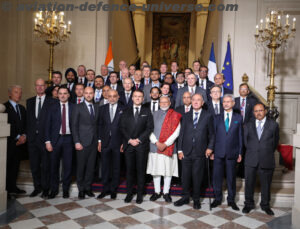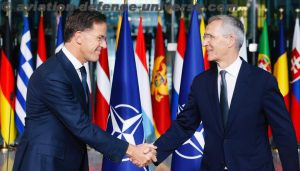By Suresh Somu
Bangkok. 20 December 2018. Japan is on a huge spending spree in beefing up its aerial warfare capabilities, a much-calibrated approach by Prime Minister Shinzo Abe government. And a one per cent allocation of its gross domestic product on defence is definitely sizable given its economy, which translates to be one of the world’s largest militaries.
This plan clearly depicts a clear message to many as Japan charts the way forward and living to its nickname as the ‘Land of the Rising Sun’. The doggedness to become a regional power comes as a military build-up by China and a resurgent Russia puts pressure on its US ally.
“The United States remains the world’s most powerful nation, but national rivalries are surfacing and we recognise the importance of the strategic competition with both China and Russia as they challenge the regional order,” said a 10-year defence programme outline approved by Prime Minister Shinzo Abe’s government on Tuesday.
Over the next five years, the country will invest heavily in advanced stealth fighters, long-range missiles and other equipment. This will be a strong sign of solidary with the US forces facing the might China military in the Western Pacific. The United States, followed by China, North Korea and Russia most influenced Japan’s latest military thinking.
Given the strong emergence of China’s deployment of military ships and aircrafts to patrol waters near Japan and the adamant North Korea has yet to fulfil a pledge to disarm its nuclear and missile programmes, Japan has to step up its military capabilities. These efforts are necessary given growing defence challenges in the region, including tensions with North Korea.
Russia, which continues to probe Japanese air defences, said on Monday it had built new barracks for troops on a northern island it captured from Japan at the end of World War Two.
More stealth fighters
A whopping 45 Lockheed Martin Corp F-35 stealth fighters, at a cost of about US$4 billion, in addition to the 42 jets already on order, according to a separate five-year procurement plan approved on Tuesday.
These fighter include 18 short take-off and vertical landing (STOVL) B variants of the F-35 that planners want to deploy on Japanese islands along the edge of the East China Sea. With this procurement, the current large helicopters carriers, the 248-metre Izumo and Kaga will be modified to accommodate the F-35B operations. And fitted with ramps for short take-offs, decks will be reinforced to withstand the heat blast from F-35 engines.
These remodelled ships and new fighter jets will “increase operational flexibility” for Japan’s military as China boosts its naval footprint in southern waters that are home to several remote Japanese islands, a defence official said.
Japan at its best
It’s never a secret when it comes to Trump tariff. The US President Donald Trump has imposed a series of tariffs and his tit-for-tat trade war with China. And it will be no surprise if he did the same as Trump threatened to impose tariffs on Japanese car imports too.
But Japan will avoid similar plight at any cost. And the price tag could well be US$4 billion for F-35 stealth fighters. This could ease any tensions, if any, between the United States and Japan. And notwithstanding that Prime Minister Abe has aggressively expanded Japan’s alliance with the US; a move that could place Japan on a good pedestal.
Other US-made equipment on Japan’s shopping list includes two land-based Aegis Ashore air defence radars to defend against North Korean missiles, four Boeing Co KC-46 Pegasus refuelling planes to extend the range of Japanese aircraft, and nine Northrop Grumman E-2 Hawkeye early-warning planes.
Japan plans to spend 25.5 trillion yen ($224.7 billion) on military equipment over the next five years, 6.4 per cent higher than the previous five-year plan. Cost-cutting will free up another two trillion yen for purchases, the defence procurement paper said.
The defence papers assessed non-traditional military threats as well. A new joint-forces cyber unit will bolster Japan’s defences against cyber-attacks. More electronic warfare capabilities are planned in the near future.





























































































































